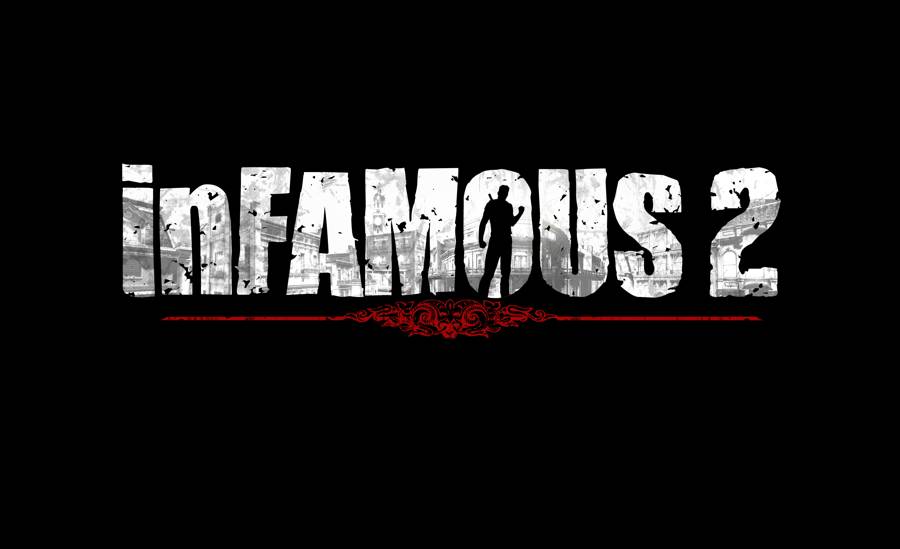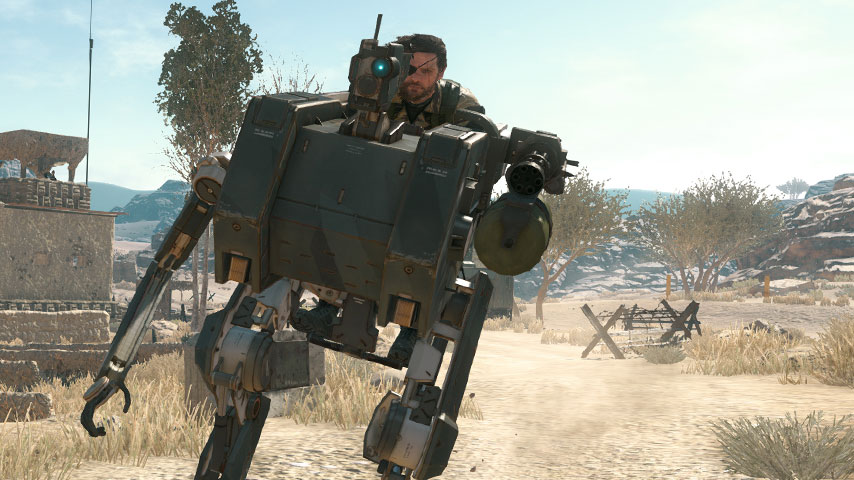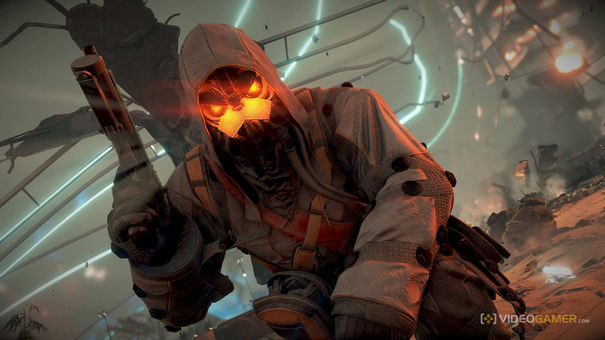

So yeah, Fallout 3 was one of gaming’s ultimate triumphs. Unsurprisingly, Fallout 4 is too.
Things are the same, but not. The opening of Fallout 4, while dramatic and hitting the same types of story beats, definitely lacks the same punch its predecessor delivered in 2008. As you know from Bethesda’s E3 announcement, you’re placed in the shoes of your main male or female character, right on the brink of nuclear war. You’re more of a spectator at this point, watching as your life as you know it ends and a new one in Vault 111 begins. Your character rolls way too easily with the punches as events unfold. He (or she, and that’s the last time I’ll do that for simplicity’s sake) lacks the emotion you’d expect from someone actually in that position.
I was attached to my character in Fallout 3 straight away, and for good reason; growing up in the Vault will do that to you. As such, I wanted nothing more than to find my father and save the world. This time around, it seems the opening of Fallout 4 has been crafted to give you a better idea of the harsh reality you’re set to face… right before throwing you in head-first to forge your own destiny. It grabs you, but in a much different way; more of a slow burn. As such, I wasn’t too crazy about my character –- the one I actually spent forty-five minutes creating at the start of the game — but after many glorious escapades together, he means as much to me as the Lone Wanderer still does.
Fallout means different things to different people; I’m all in for its exploration aspects. Essentially, my character is the Wasteland’s version of Jean-Luc Picard. I’ve played Fallout 4 for around thirty hours now – already — and I think I’ve only touched upon five or six actual story missions. I know I should have smashed through them, especially in preparation for this review, but I just couldn’t bring myself to do it. Moving through the game’s story means moving towards its ending – and why would I do that when I can instead savour every last side-mission? I live to discover new Vaults. To found new Minutemen settlements. To grab another set of Power Armor (and a Fat Man) and, hopefully, a set of Fusion Cores to power it all. Ultimately, I play to make my mark upon the world.
The simple fact of the matter with Fallout 4 is that there is always so much going on. Thanks to rabid fans chewing through every tidbit of the game, we already know the Boston Wasteland takes place inside a smaller map than seen in Skyrim. That doesn’t matter though – things are so refreshingly dense and populous, especially comparing Boston to Skyrim or even Fallout 3’s Washington. Everything comes together to feel like a real world rather than a map with as many NPCs as your console can afford to render. From any point, you’re not too far away from a radio tower, a settlement or a group of baddies — all you really need to do is decide which way to set off.
New players just need to focus on one aspect at a time, and admittedly that will be their biggest challenge; Fallout doesn’t hold your hand. My advice is to bump that difficulty down to easy and just have a go until you’re feeling confident — you’ll always be able to turn it back up. Of course, use the appendage-targeting VATS system because it’s the best, but don’t be too worried if you don’t have enough Action Points to keep using it in a firefight. This time around, shooting in both first- and third-person actually works; it’s far more polished than in Fallout 3. Not that newcomers will be able to appreciate that.
Newcomers or veterans alike will find that things can be quite overwhelming at first – but never frustratingly so. There will be a point where things just click. Besides, Fallout works how you want it to; if you’re not the exploring type, you can just go and follow quest beacons. Returning players will take around two hours to get back into the real swing of things… and will then need that same amount of time again to become familiarised with new crafting schemes.
Like Fallout on the whole, crafting can prove to be a little too much at first. I won’t reiterate my tips here — because that’s what this post is for – but Sturges in Sanctuary really exists to help you learn how to get things done. Building items and structures is relatively easy – just make sure you’re tagging items you’re lacking for easy pick-up as you quest – but it’s the finer details that take some time. Once you’re comfortable with building shacks, stringing up lighting and turrets and then having that entire structure light up like a Christmas tree at night, you’ll understand that it was all worth it.
People have looked at leaked screenshots and lamented that Fallout 4 doesn’t look like the most beautiful thing in the world, and these new crafting systems are my counter-argument against that. In Fallout 3, I had a room in a settlement; the most I could do to make it mine was store some items in a locker. While you can still do that, my new, true base of operations is a facility I’ve made with my bare hands. I crafted the walls, the stairs, the doors and the furniture inside. I could have built it anywhere, but I chose to construct it next to the home I shared, pre-apocalypse, with my wife and son. I found myself holding back tears up as I connected it to a generator so it could shine out at night like a beacon of hope, inspiring those in my settlement and encouraging more to move in. It’s that addition to the game that really makes Fallout 4 feel current-gen.
Now, I’m not turning a blind eye on graphics. The game isn’t the prettiest thing on the market, but it’s detailed as all hell. Walking into new buildings will delight your senses; they’ll be littered with corpses, terminals working and busted, bits of paper that might reveal new side-quests and much more. As you fast travel, character models of Protectrons and the like keep you company, and let me tell you, they usually provide the only chance to study an aggressor close up. Comparing these current-gen models to their 2008 counterparts really shows how much effort’s been put into re-engergising the world. Hell, changes to the way in which Power Armor works is another great example of how Fallout has evolved.
It’s clear I love Fallout and everything it represents. — that’s even extended to Fallout 4’s bugs. Yes, they’re there, but on the whole they’re relatively harmless. I’ve had conversations with Overseers clipping through their desks and actually screamed out in shock on one occasion when my Super Mutant companion went haywire in an elevator. One time, and one time only, I’ve had a quest-giver glitch out to the point where I couldn’t complete the damn assignment I had; fast travelling away and resting for two days fixed the issue. You may think I’m weird, but things like this help make Fallout, well, Fallout. Always endearing, these types of things should frankly be expected considering all of the elements at play in this open-world (anti-)utopia.
Fallout 4 sure took its time to get here, but its tagline — “Welcome home” – really does sum things up perfectly. Here’s to another hundred hours or so in this holiday season must-have.
Fallout 4 was reviewed using a promotional disc on Xbox One, as provided by the publisher.




 Metal Gear Solid 5: The Phantom Pain – where to find all 10 Memento Photos
Metal Gear Solid 5: The Phantom Pain – where to find all 10 Memento Photos The Week in Review: GTA 5 finally has a release window Edition
The Week in Review: GTA 5 finally has a release window Edition Best Budget BF4 Graphics Cards for 2015 Battlefield 4 Update
Best Budget BF4 Graphics Cards for 2015 Battlefield 4 Update Minecraft Rideable Mounts | How To Tame Minecraft Horses and Craft Horse Saddles
Minecraft Rideable Mounts | How To Tame Minecraft Horses and Craft Horse Saddles Assessing The PlayStation 4 Reveal
Assessing The PlayStation 4 Reveal